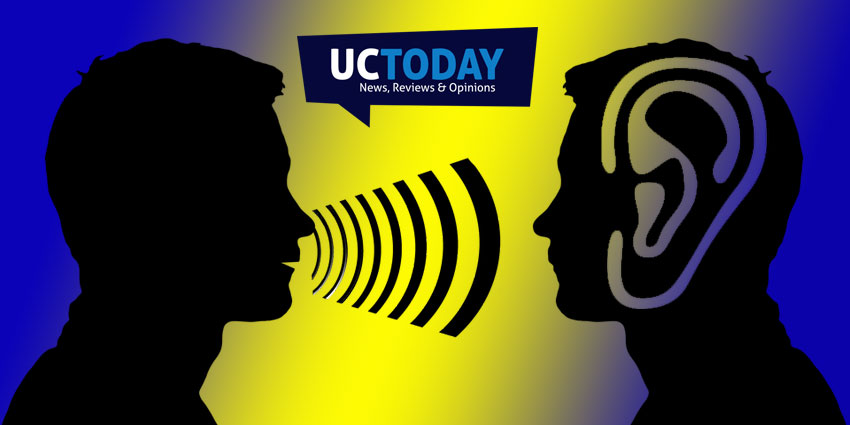Speech recognition isn’t a new concept. In fact, it’s something that’s been around ever since the 1950s and 60s. However, today’s solutions are far more complex, innovative, and useful than their older counterparts. In a world driven by disruptive technology like AI and machine learning, the interest in speech recognition has begun to grow.
Consumer-facing virtual assistants like Google Home and Amazon Alexa mean that people feel more comfortable interacting with robots when they have a question they need to ask, or a simple task to complete. As our interests in AI and self-service continue to expand, 2018 could be the year where speech recognition becomes a more critical component of the contact centre.
The Evolution of Speech Recognition
Speech recognition technology works on a very specific type of artificial intelligence, or AI. It uses machine learning and algorithms to translate spoken data into specific commands. The most obvious example of speech recognition in the contact centre comes in the form of the “IVR“.
In the past, the somewhat limited nature of the IVR has prompted confusion and frustration amongst customers. In fact, it’s one of the many reasons why today’s clients often prefer to connect with companies through chat or email, rather than calling a contact centre. Fortunately, developments in AI mean that today’s voice recognition solutions are more effective than ever, thanks to things like “Natural Language Processing” and “Natural Language Understanding“.
Supplying Self-Service with Speech Recognition
70% of customers think it’s important for companies to offer a self-service solution.
While there will always be situations that demand a human presence, today’s customers are finding that they can solve a lot of their own problems without the help of a contact centre agent. With videos, online blogs, and even chatbots, modern customers can serve themselves, and reduce the strain placed on busy contact centre agents.
Virtual assistants and bots that respond to speech patterns can support this self-service revolution in a new way, making sure that customers can get answers to basic queries without speaking to an agent. Natural language solutions ensure that today’s AI can understand more organic forms of speech, which leads to fewer errors and inconsistencies in experience.
Speech Recognition and Customer Experience
The rise of speech recognition software could allow some contact centres to retire complicated and inefficient IVR systems entirely. Speech recognition systems can be a great way to eliminate customer pain points by, for example, recording identified keywords, to give agents contextual information about the nature of the call.
As machine learning solutions, speech recognition tools also present a powerful opportunity for call centres to start improving their customer service strategies. For instance, the speech recognition applications can record unique voices and process them with sentiment analysis to help call centres get an insight into how satisfied their customers are. In some circumstances, a piece of speech recognition technology could even help to minimize toll fraud, by creating unique voice prints for your customers that authenticate their identity when they call to talk about personal account details.
When used correctly, the potential of speech recognition is practically endless. Whether it’s a solution for customer experience (CX) management, a strategy for better call centre security, or a self-service tool, today’s companies are sure to pay more attention to their speech recognition strategies.







